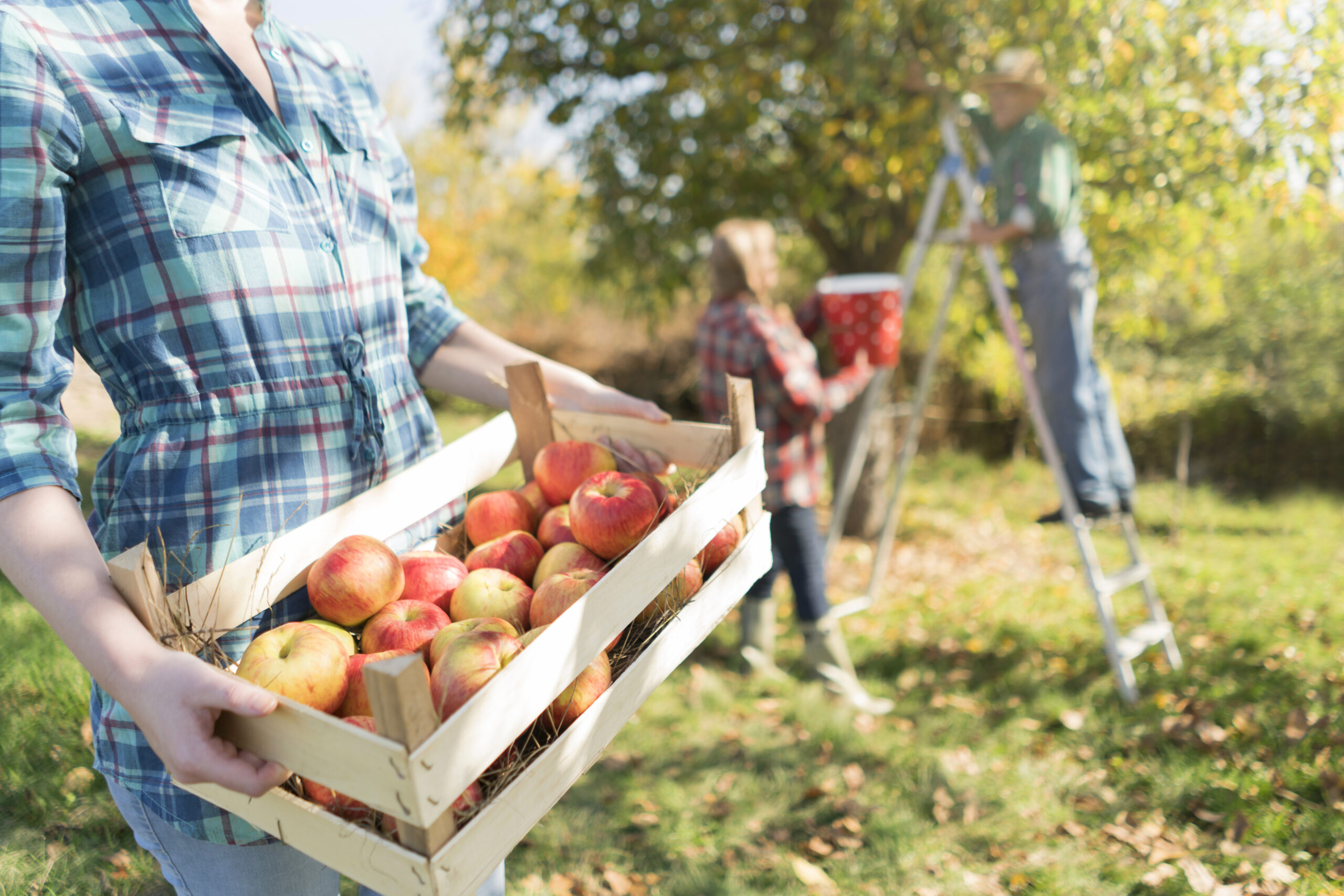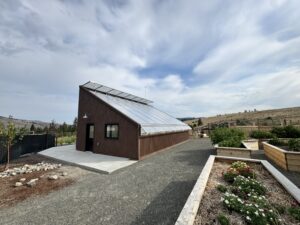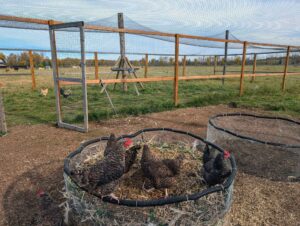You’ve purchased your dream homestead or hobby farm in British Columbia.
Now what?
Your best first step is applying for farm status—because the difference between residential and farm property classification can mean thousands of dollars in annual tax savings. For this, BC Assessment requires: A completed form, a credible revenue estimate, and a defensible farm design and plan.
But assembling these documents to BC Assessment standards takes time, effort, and expertise.
If you’d like help preparing a resilient farm plan (including sustainable systems such as a market garden, food forest, and passive solar greenhouse—as well as rainwater harvesting and renewable energy), realistic revenue estimate, and the completed BC Assessment application, 5th World provides these services. Our basic package starts at $15,000, and we structure the deliverables so they double as an operational roadmap for getting production actually underway.
Contact us for a quote today: www.5thworld.com.
The legal and administrative framework
BC Assessment both defines farm classification and processes applications. Farm classification changes the tax base and rate applied to land used for agricultural production. In many municipalities, that shift translates to tax bills that are roughly one-third (or less) of what a similar residential parcel would pay.
Owners must file a General Application for Farm Classification (or a Retired Farmer’s Dwelling Land Application where appropriate). The legislated deadline for applications is 31 October for consideration on the next assessment roll. BC Assessment also provides a step-by-step “How to” guide and fillable forms on its website.
What BC requires: Revenue threshold and farm business plan
A key gating factor is the gross annual value (minimum revenue) requirement, which varies by size:
- For operations between 0.8 and 4 hectares (≈1.98 to 10 acres): $2,500 gross annual value
- For operations over 4 hectares: $2,500 plus 5% of the actual value of the area in excess of 4 hectares (i.e., the formula scales with acreage/value)
- For parcels smaller than 0.8 hectares: $10,000
Applicants must provide a credible revenue estimate, as well as a supporting farm design and business plan that shows how the land will be used, and the completed BC Assessment application form. BC Assessment’s guidance document explains how to present production, yields, and sales projections to meet the assessment criteria.
How the math produces big savings
Property tax = (taxable assessed value) × (tax rate for the property class). Municipalities and other taxing authorities set different tax rates by class (residential, business, farm, etc.). Where municipal tax rates for farm class are substantially lower than residential class, farm classification dramatically reduces the amount owed.
Concrete example: Kelowna’s 2024 tax schedule shows a Residential class rate of about 2.5011 (per $1,000) and a Farm Land class rate of about 0.5421—a reduction to ~21.7% of the residential rate (roughly a ~78% reduction in rate). On a property with the same assessed value, that difference would reduce the municipality portion of the bill by over three-quarters. Total tax savings will vary once regional and other levies are included, but the municipal example illustrates why owners commonly report tax bills reduced by roughly two-thirds or more after successful farm classification.
You can also consult the Province’s rural tax-rate tables (published annually) to compare farm versus residential rates across electoral areas and regional districts before you apply. These tables help estimate likely savings for rural locations.
Common pitfalls and why professional help matters
Many farm classification rejections arise because applicants submit weak revenue projections, ambiguous farm plans, or incomplete forms. Assessors look for feasible, site-appropriate production plans (crop choices, expected yields, realistic market prices, and operational timelines). Underestimating input costs or providing unsupported revenue figures are risk indicators. The application deadline is firm—late submissions are not accepted for that assessment year—so planning and documentation need to be ready well before 31 October.
Bottom line
Farm classification is an evidence-based process that, when successful, often reduces property tax liability by roughly two-thirds (and in some municipal examples, by closer to three-quarters) because farm tax rates are set much lower than residential rates.
But securing farm status isn’t just about reducing taxes—it’s about unlocking the full potential of your land. By combining immediate financial savings with a sustainable, resilient farm design and operational roadmap, you position your property to generate value year after year.





